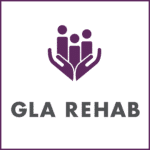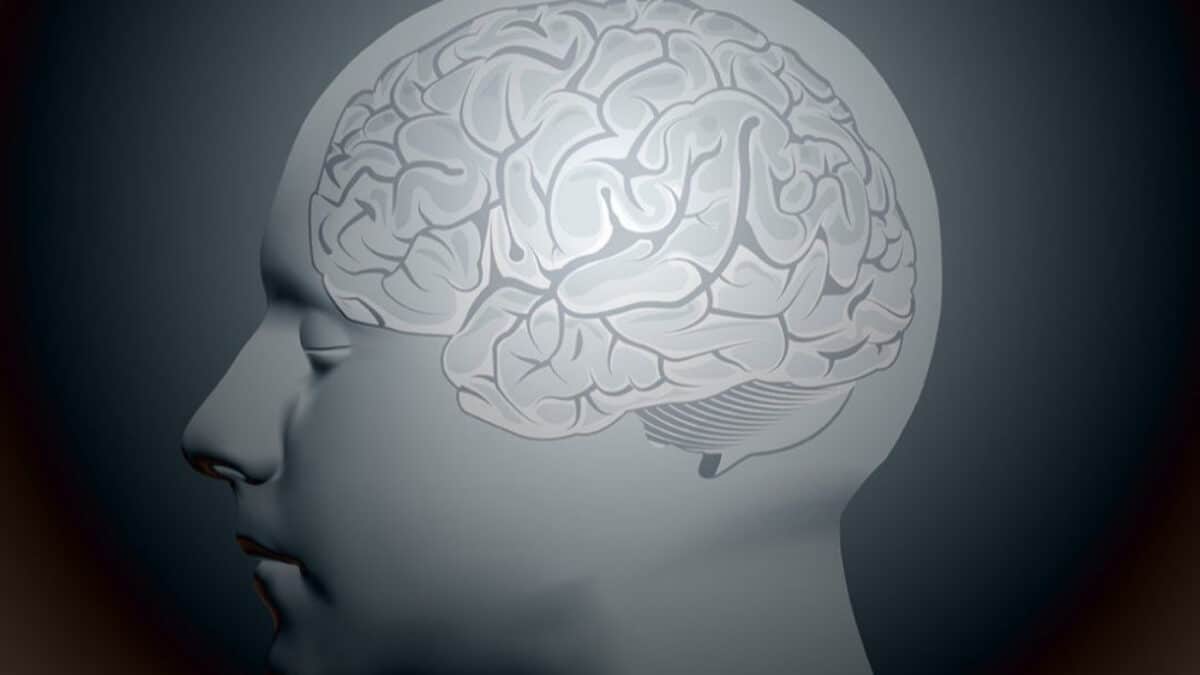The previous post in our GOS(e) series provided an overview of the scale and its application in practice. In this post we will take a closer look at the structured interview used during the assessment.
In 1998, Wilson et al[1] provided the following questions that must be included in the interview:
- Level of independence in the home: The person may require actual assistance with activities of daily living, they may need to be prompted or reminded to do things, or they may need someone to supervise them because they would be unsafe otherwise. All are considered dependant. The lower level of ‘Severe Impairment’ (Severe Worse) must be applied if the person cannot be left unsupervised for more than 8 hours.
- Shopping and Travel outside the home: These activities require the ability to plan, deal with money and behave appropriately in public.
- Work and School: A return to work or school should be interpreted with caution as it may be revealed that many accommodations have been put in place and the person would not be able to cope if accommodations and support from others were not available.
- Social and Leisure Activities: Typical problems that may interfere with social and leisure activities include lack of motivation or initiative, avoidance of social involvement, physical problems such as loss of mobility, cognitive problems such as poor concentration, problems such as poor temper control or impatience.
- Family and Friendships: The person may have difficulties initiating and maintaining personal relationships due to behavioural issues, physical barriers and cognitive limitations. The presence of a reported change in personality is not of itself sufficient to warrant classifying the person as moderately or severely disabled – the change must be having an adverse impact on family and friendships.
- Overall return to normal life: A person may experience various problems after a brain injury but it must be taken into consideration if the problems actually impinge on normal daily functioning and that they occurred since the accident. A person may have been injured but may be experiencing “everyday” life problems that were present before the injury and do not or should not impact normal life. E.g. many uninjured people will report difficultly paying attention at times but it does not impact their overall daily functioning.
The authors also describe 4 “Rules” to consider when conducting the interview:
- It’s important to learn about preinjury status: E.g. work, social difficulties, anger, etc to properly assess outcome following brain injury.
- Only pre-injury status and current status should be considered: The time immediately following the accident (i.e. acute stage) and the person’s future hopes and goals are not relevant in the interview and assessment.
- The disability must be a result of physical or mental impairment: It must be considered if the person is in fact capable of something even though they don’t actually do it. E.g., since the accident they have less money so now they don’t go out for dinner or to museums but they are physically and mentally capable of going.
- Use the best source of information available: If the person lacks insight, a caregiver or companion should be consulted. Unclear or suspicious information must be corroborated.
If you would like to learn more about the GOS(e) or the structured interview guidelines, please feel free to contact us. We will be happy to provide additional information and resources.
[1] Wilson, LJT., Pettigrew, LEL. & Teasdale, GM. (1998). Structured Interviews for the Glasgow Outcome Scale and the Extended Glasgow Outcome Scale: Guidelines for Their Use. Journal of Neurotrauma. 15(8), 573-85.


